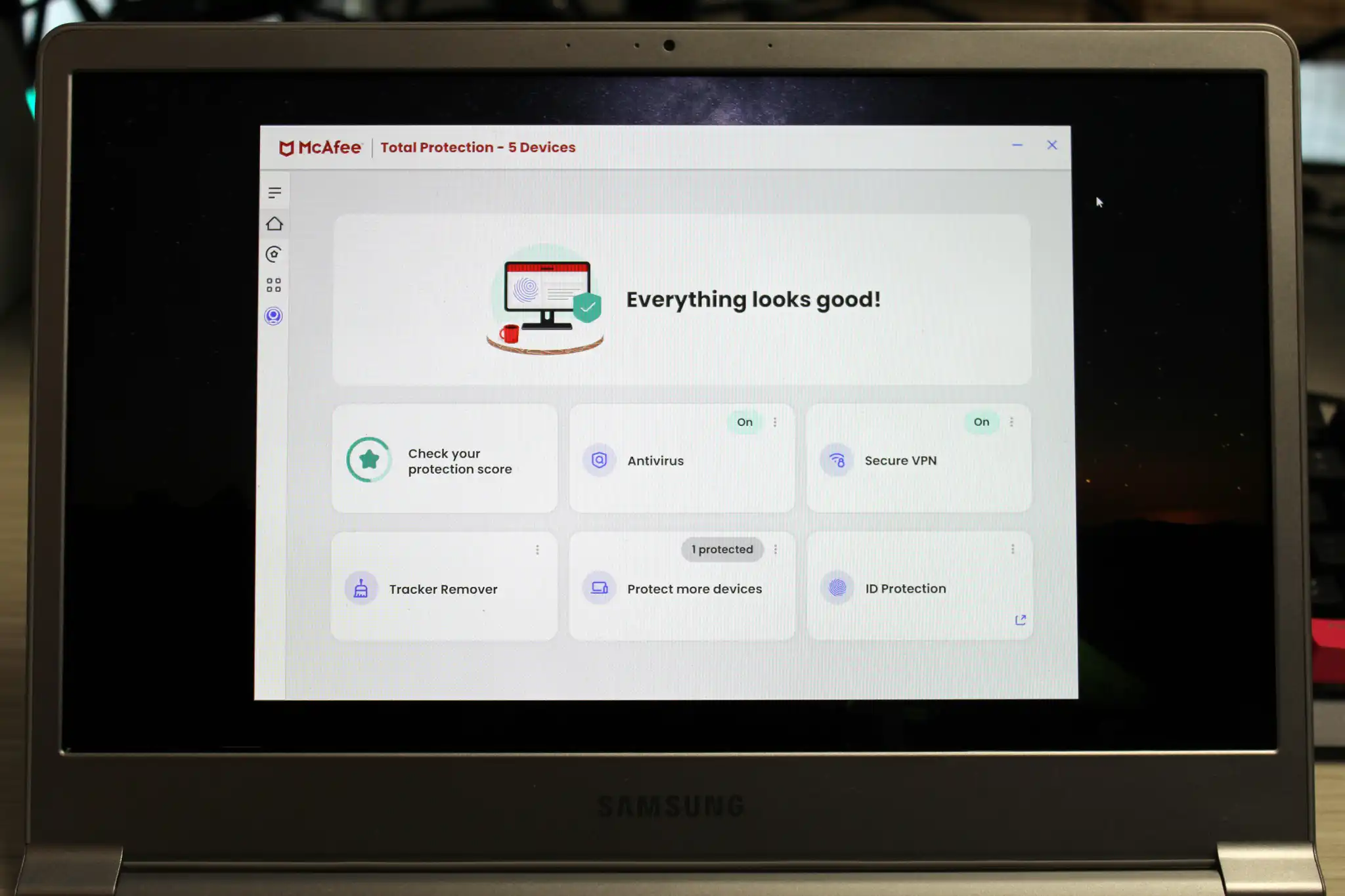MSI’s Intel-based portable gaming PC takes on the competition, live on the CES show floor.
Portable gaming PCs might just be the most competitive niche in the industry right now. Case in point, MSI has released its first handheld PC gaming machine here at CES 2024: the Claw. (Try to say that without a Toy Story flashback, I dare you.) As it happens, PCWorld’s Adam Patrick Murray brought two examples of that competition with him to the show floor, the Steam Deck and the Asus ROG Ally. You know what comes next, and you can watch them throw down in the latest PCWorld YouTube video.
All three of these machines are working from a similar template, with the same basic dimensions and layout. The biggest physical difference is the touchpads, which both of the other devices skip, and double the amount of rear-mounted modifier buttons. But the Claw has hall effect thumbsticks and rear triggers, which should be immune to stick drift, a big advantage over its competitors. It also gets a little extra RGB flavoring on the ABXY buttons, in addition to the same illuminated sticks as the Ally. The Claw also has a notably larger battery than both, and Adam says it has a deeper, better grip than the Ally, though not as deep as the Steam Deck.Both the ROG Ally and the MSI Claw have better screens with 1080p resolution, versus the Steam Deck’s 1280×800 screen (yes, even the new OLED version). The non-final version of the Claw seems to have the best of the bunch, with more brightness and contrast. All are more or less the same size at around 7 inches. Note that one device Adam doesn’t have on hand beats them all: the Lenovo Legion Go, with its 8.8-inch QHD screen.All three devices have a lot of custom software letting users browse and launch games and customize controls. But again the Steam Deck is the biggest outlier with its Linux-based interface made by Valve. While SteamOS has been amazing at running Windows-based games through its Proton compatibility layer, both the ROG Ally and the Claw run Windows natively with custom software simply skinning the interface.
Of course, the biggest change for the Claw is that it’s based on Intel hardware, running either a Core Ultra 5 or Core Ultra 7 processor with integrated Arc graphics. That should give it more power than both the Steam Deck and the Ally, at least on paper…though whether Intel’s integrated graphics game has grown to match AMD’s has yet to be seen. Intel guts also gives the Claw access to Thunderbolt 4 on its USB-C port, which potentially means better options for external graphics and displays.




